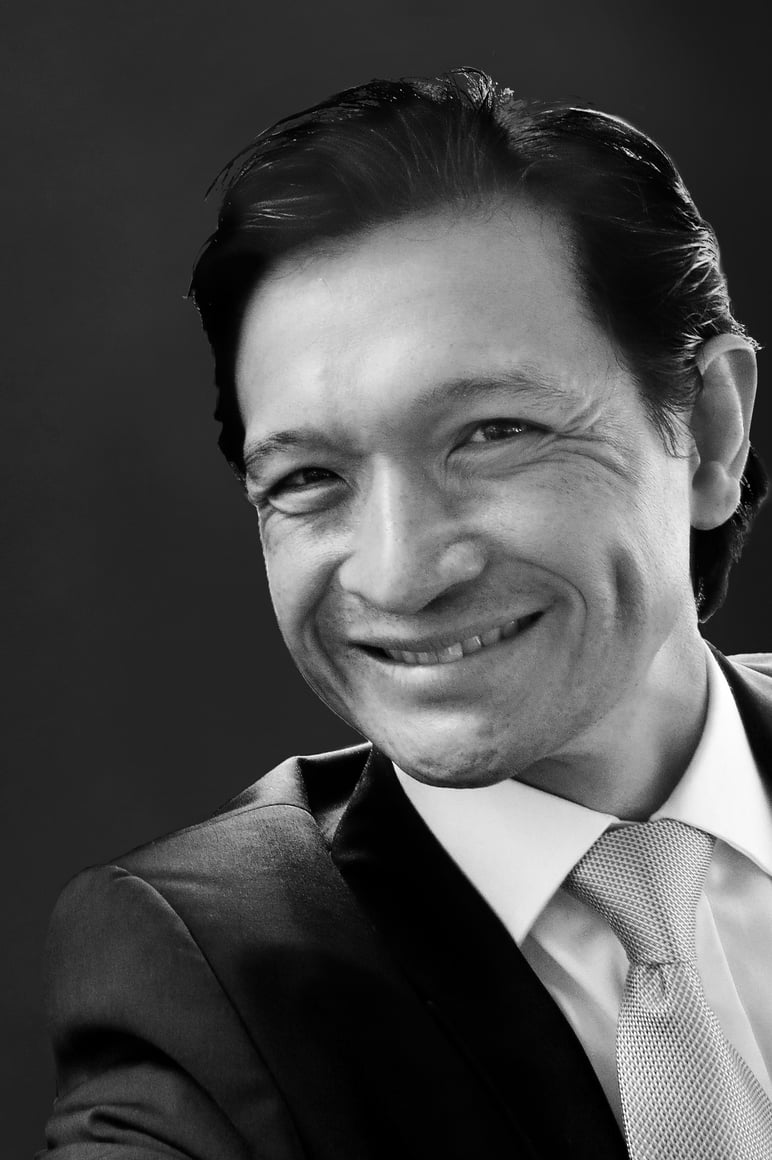
Those Asian people wearing face masks amid coronavirus fears? They aren’t crazy, stupid or ridiculous, Vancouver
- There’s nothing particularly funny about the Wuhan coronavirus outbreak – but some Canadians find Asians in face masks to be the height of ludicrousness
- Masks may not be necessary, but ridiculing them ignores the trauma Sars had on a generation of Hongkongers, and a responsible habit to prevent spreading germs
In early 2003, my soon-to-be wife and I developed a routine when we came home.
We would take off our N95 face masks and drop them in a bin by the door.
We would strip off in the entranceway in a thoroughly unromantic fashion and throw our clothes in the washing machine with a hearty slosh of Dettol. We then showered immediately, and retired to consider the unusual and frightening existence that was Hong Kong at the height of the Sars epidemic.
Which is why current and former Hongkongers like ourselves find nothing particularly funny about the Wuhan coronavirus outbreak.
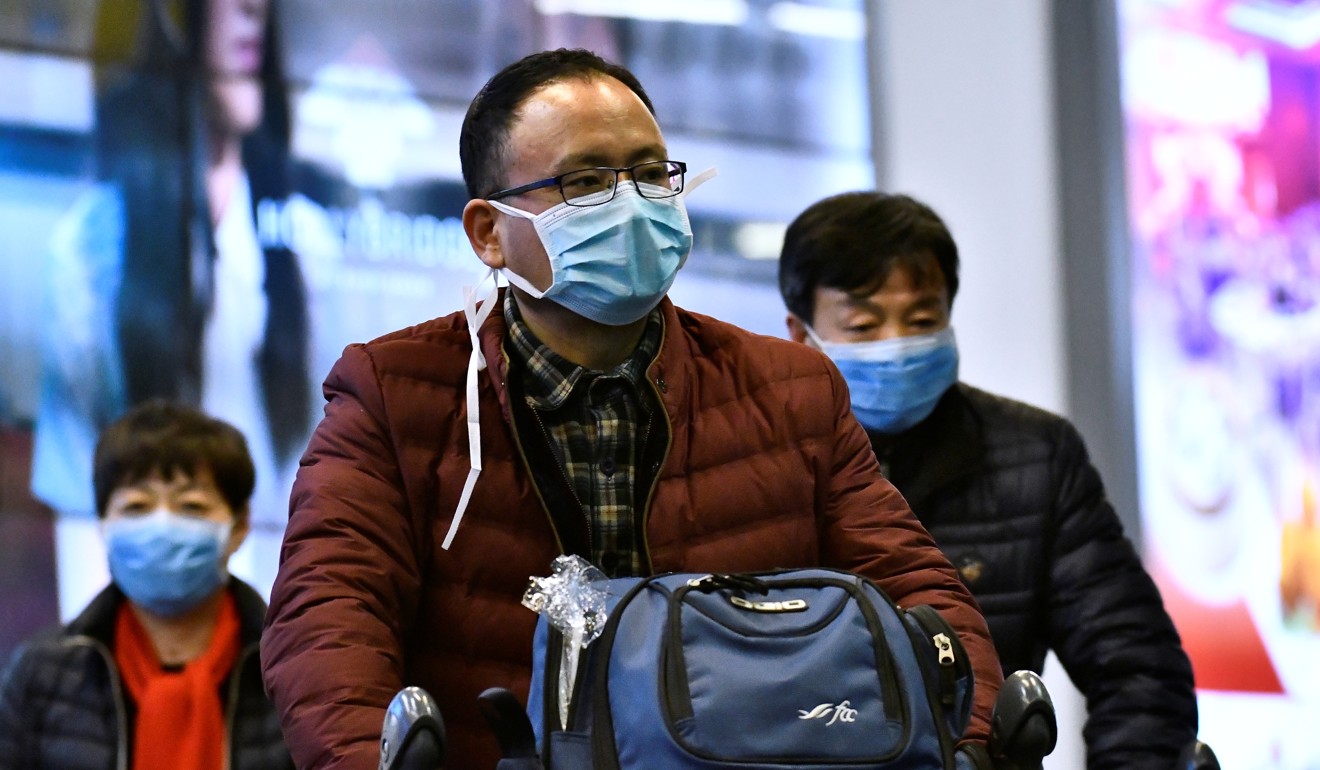
Yet some Canadians make sport of the face masks being worn with increasing regularity in places with big east Asian populations like Richmond, just outside Vancouver.
When I tweeted about this phenomenon, some respondents assessed Asian mask wearers to look ridiculous, or like idiots.
When reporter Peter Akman’s ethnically Asian barber wore a face mask during a haircut in Toronto, the unmasked journalist tweeted a smiling selfie with him and said: “Hopefully all I got today was a haircut”, with a coronavirus hashtag. (He later deleted the tweet and apologised.)
The Toronto Sun last week summarised the medical advice to would-be mask wearers in flippant fashion: “Don’t have a cow.”
To be clear: there is no current need to wear a face mask in public to ward off the risk of the novel coronavirus in Canada, which is low.
According to the US Centres for Disease Control and Prevention (CDC) and the World Health Organisation (WHO), the best practices for the general public to keep the coronavirus at bay are those that already protect against common respiratory illnesses, like seasonal flu.
Wash your hands, thoroughly and often. Don’t touch your face with unwashed hands. If you cough or sneeze, cover your face and nose – and then wash your hands again. Oh, and did I mention, you should wash your hands?
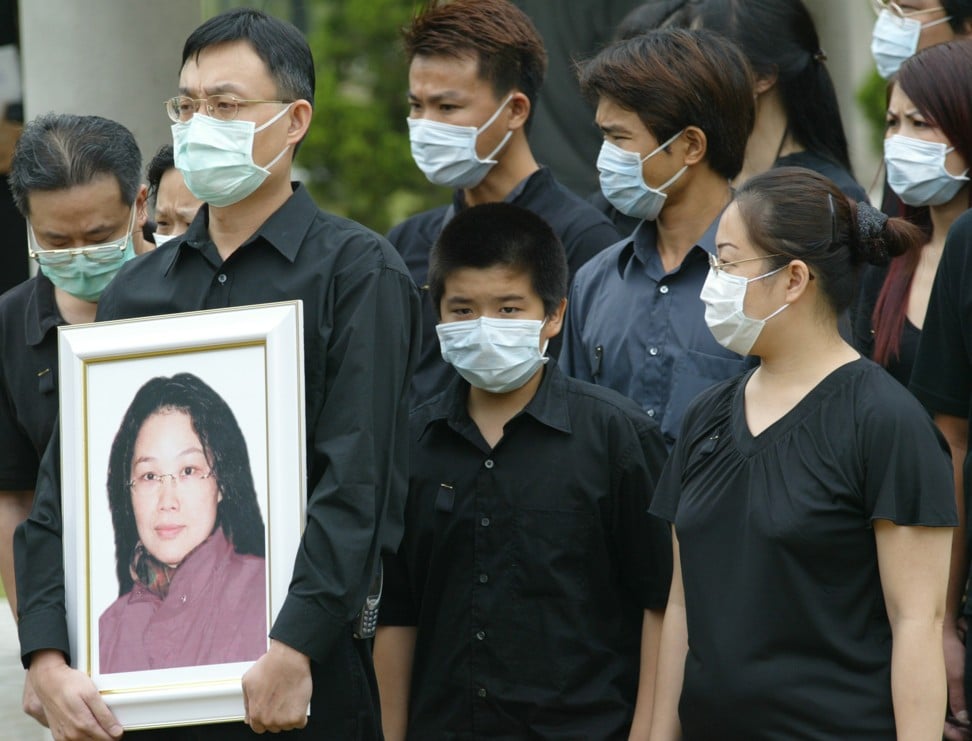
But shaming and ridiculing people who choose to wear masks ignores the vast collective trauma of Sars that was shared by millions.
For a generation of Hongkongers, Sars had a psychological impact akin to the events of 9/11 on the US, stretched out over months. Reality seemed upended. No horror impossible. Millions dead? Global pandemic? Doomsday scenarios abounded.
In the end, the disease killed about 300 people in Hong Kong before it eventually burned itself out in spring 2003, in a combination of epidemiological good luck and good management. But that toll belies the sheer terror at the height of the outbreak, as people became ill and dropped dead at an alarming rate.
Hong Kong was ground zero as Sars fanned out around the world, and the enemy was every bit as mysterious and frightening as any terrorist in a plane.
For Hongkongers, a familiar dread
My wife was a South China Morning Post reporter on the front lines of the story, writing a daily column (“Behind the Mask”) about how the disease impacted Hongkongers, as life entered a strange limbo. Schools, universities and businesses shut. The stock market and property prices plunged.
She visited Sars hotspots including the notorious Amoy Gardens estate, where 321 people eventually caught the disease and 33 died, making it the worst infection site in the world.
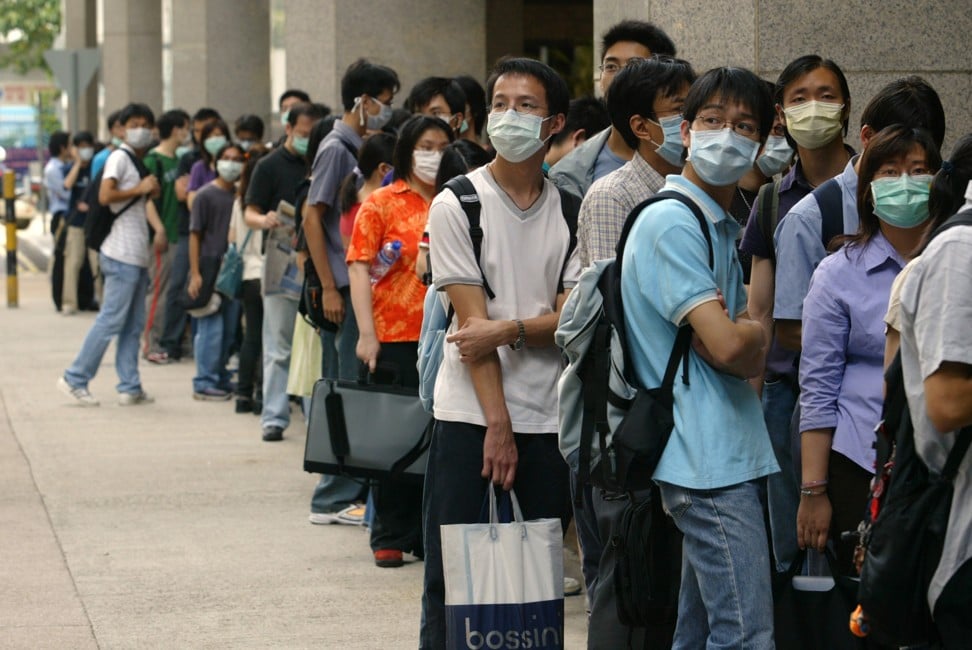
I was the desk-bound night editor of the Post’s metro section, but because of my wife’s work, we were both quarantined from the bulk of the newspaper’s staff.
We were sent to work in an office at the Post’s Tai Po printing presses in the New Territories with a group of about a dozen reporters, editors and technical staff, who were ironically dubbed the “Clean Team”.
For a generation of Hongkongers, SARS had a psychological impact akin to the events of 9/11 … Reality seemed upended. No horror impossible
This was a contingency plan: in the event that infections shut down the Post’s main Hong Kong Island newsroom, or a Sars-related related disaster somehow cut off the newsroom from the presses, I was tasked with heading this team to keep the newspaper printing and online.
Managers feared Hong Kong Island might be quarantined entirely, and the tunnels connecting it to the rest of the territory (and mainland China) sealed off.
So for three months we were banned from mingling with our colleagues on Hong Kong Island.
It was an unpleasant, unsettling and frightening time.

But the disease forged new psychology and behaviours that thankfully persist among many Hongkongers. Hygiene became second nature. Second sets of serving chopsticks became ubiquitous at dining tables. Toilets and bathrooms across the city, public and private, were revamped, as well as personal habits as a whole – spitting, once common, became socially unacceptable.
And face masks were everywhere.
Their purpose was at least twofold: to avoid catching Sars, but also to avoid spreading it via inadvertent carriers. Mask-wearing in Japan, for anyone with a sniffle, had been commonplace for many years, but Hongkongers took to the practice readily. Masks also became symbols of civic responsibility and defiance.
When schools resumed classes, masks were compulsory for pupils for months. Officials wore them at meetings. Mourners wore them at funerals.
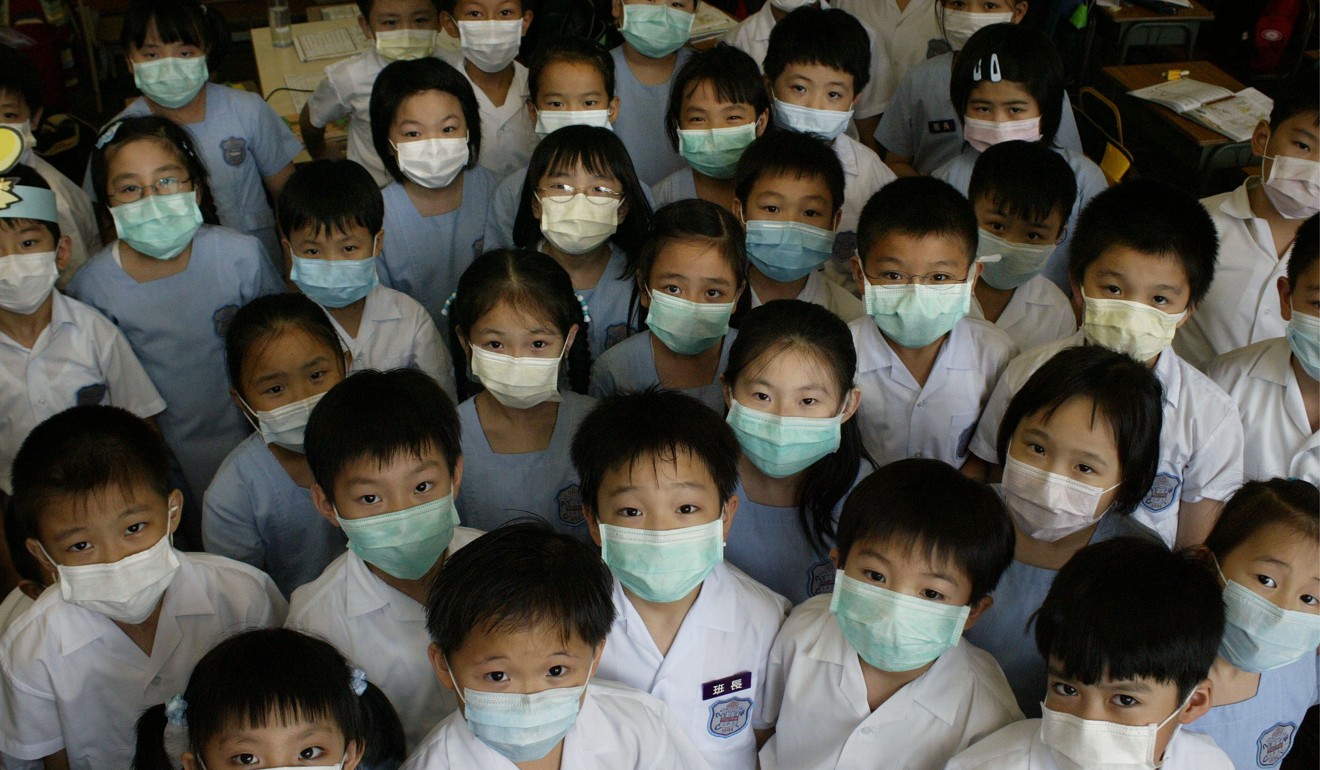
So, when news of the coronavirus outbreak in China emerged, it reawakened a sense of dread and unity in Vancouver’s Hong Kong and broader Chinese communities.
At our family’s Lunar New Year festivities, rumours about the disease supplanted all other topics of conversation. And unlike the previous dominant topic – the Hong Kong protests – this was something on which we all could agree.
Never mind that not a single case has been confirmed in Vancouver. Hongkongers were worried. It all felt so terribly familiar.
N95-grade face masks have been selling out in stores across Vancouver, just as they have in Hong Kong, and just as they did in 2003.
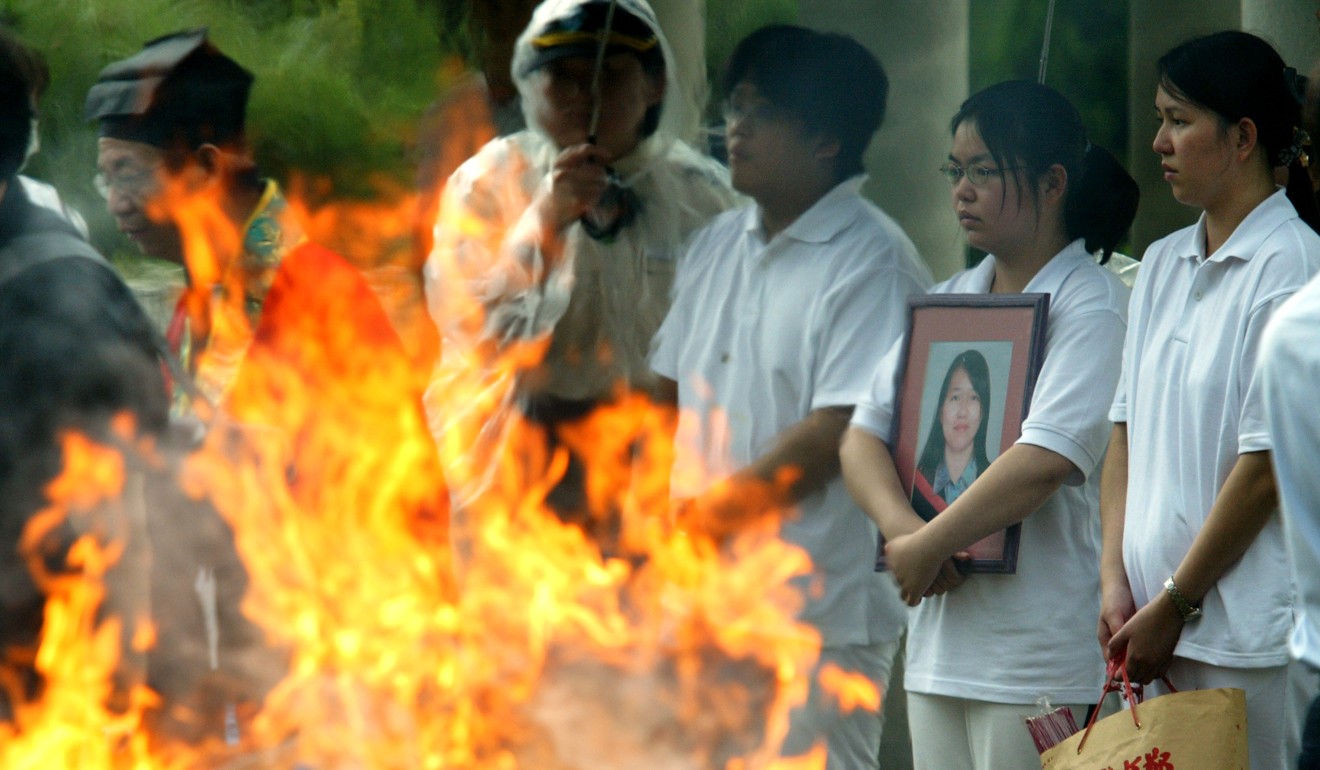
N95s are “strongly recommended” for clinicians dealing with coronavirus patients, according to a study of the illness published in The Lanc et last week.
Their efficacy is premised on using them properly – they must be fit tested, then users should refrain from touching them. There are other caveats about their usage by the general public: masks can engender a false sense of security, potentially deterring the more effective benchmark precautions of washing your hands and not touching your face.
For these reasons I don’t wear a mask because of the coronavirus, and don’t foresee that I will any time soon.
But when I see others who do, I think of Hong Kong in 2003, and the last thing I want to do is laugh.

